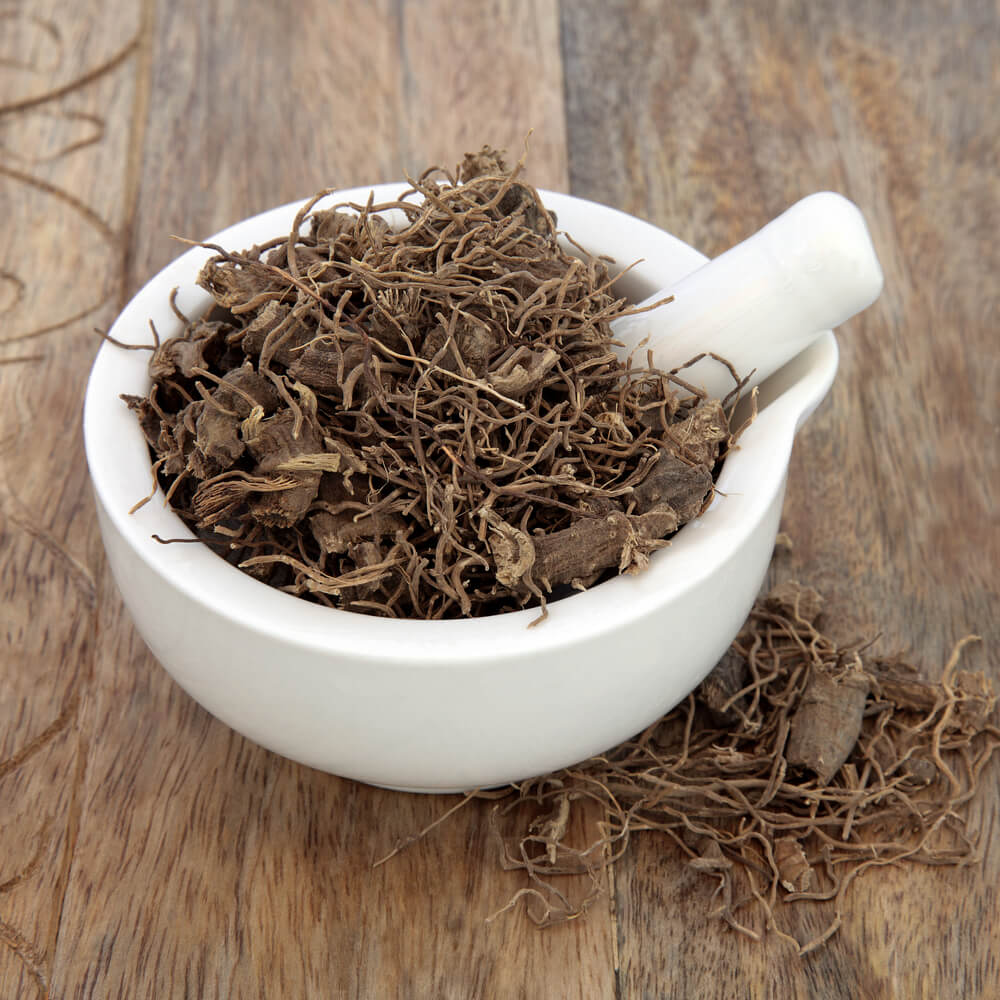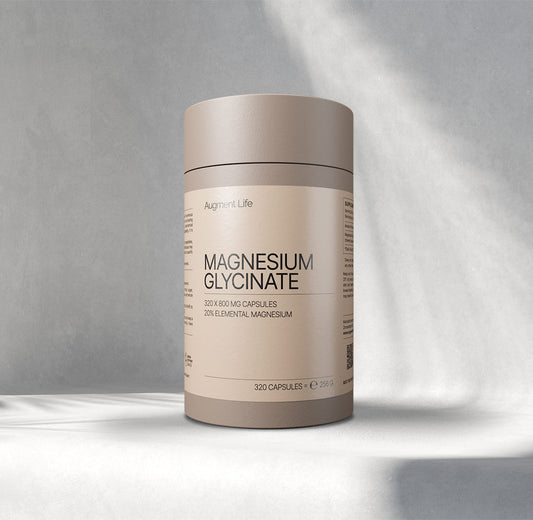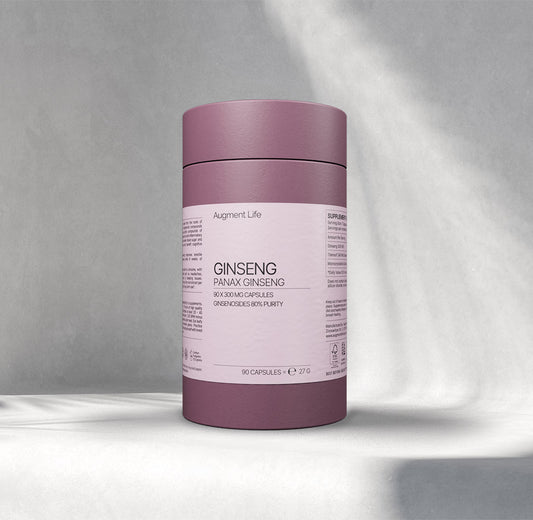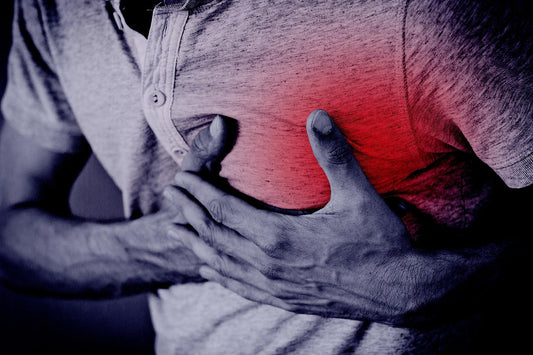Black cohosh, scientifically known as Cimifuga racemosa, is a herbaceous plant with a long history of traditional medicinal use.
In particular, if you are already in your menopausal years and have been starting to experience some undesirable symptoms, you may have heard of its effectiveness in alleviating such symptoms.
In this article, we’ll delve into the multifaceted world of this remarkable plant, examining its characteristics, potential benefits in supporting women during menopause, the best ways to take it, and everything else that you need to know– so you can decide if black cohosh is really right for you.
What is Black Cohosh?
Black cohosh is a flowering plant that originated in North America and has been used in herbal medicine as early as the 19th century. It is also sometimes called bugbane, bug root, black snakeroot, rattleweed, macrotys, and rheumatism weed.1-2 Specifically, the dried root and rhizome are used for medicinal purposes.3
Traditionally, in Chinese and Western herbal tradition, it has been used in reducing pain and calming the nervous system.4 Today, it is still used as a supplement, mainly because of its effectiveness in relieving menopausal symptoms among women.
Benefits of Black Cohosh in Menopause
Reduces Hot Flashes
In a study among 80 postmenopausal women who were experiencing hot flashes, it was found that participants who were supplemented with 20 mg of black cohosh for 8 weeks had fewer and significantly lesser hot flashes and also reported having better quality of life than before starting the supplement.5
Similar findings were found in another study among 120 women with menopausal symptoms wherein black cohosh supplementation was found to be more effective in reducing hot flashes and night sweats as compared to taking fluoxetine (Prozac) after 6 months.6-7
Lessens Other Symptoms of Menopause
In a review of several clinical trials of black cohosh supplementation, it was found that consumption of black cohosh significantly reduced depression and anxiety during menopause on all studies reviewed.8
In addition, a randomized, double-blind study among 48 postmenopausal women showed that black cohosh improved sleep efficiency and reduced wake after sleep onset duration among the participants.9
Black Cohosh - Side Effects
Generally, it is considered safe to take black cohosh for short-term use, but it is still important to note that there are some potential side effects (but mostly are mild) associated with it including:10
- Gastrointestinal discomfort: such as nausea, upset stomach, or diarrhea
- Allergic reactions: such as rash, itching, or swelling (only in rare cases)
- Headache and dizziness
- Liver health concerns: some healthcare providers suggest taking black cohosh for only 6 months up to one year due to increased risk of liver damage when taken for longer periods.
Recommended Dosage and How to Consume
For treatment of menopausal symptoms, the recommended dose is 20 mg, in line with the dose used in relevant studies.5 Most brands of black cohosh in the market also provide the same amount.
Possible Interactions
Black cohosh may interact with some medications. Here are some possible interactions to consider:
- Hormone Replacement Therapies (HRT): Black cohosh affects hormone levels, especially estrogen, so taking it in combination with HRT may have additive effects which should be avoided.11
- Hormone-Regulating Medications: The supplement may interfere with medications that affect hormone levels, such as birth control pills and other medications for conditions like endometriosis or polycystic ovarian syndrome (PCOS).12-14
Final Words
Black cohosh is beneficial for women in their menopausal years as it has been shown to provide benefits in alleviating menopause-related symptoms like:
- hot flushes,
- anxiety,
- sleep disturbances.
Taking it short-term has been found to be safe. Still, it is advisable to consult with a healthcare professional before starting any kind of supplement, especially if you have underlying medical conditions or are taking other medications.
References:
- Wobser, R. W., & Takov, V. (2023). Black Cohosh. In StatPearls. StatPearls Publishing.
- Foster, S. (1999). Black Cohosh: A Literature Review. herbalgram.web. Retrieved October 31, 2023, from https://www.herbalgram.org/resources/herbalgram/issues/45/table-of-contents/article2659/.
- Leung AY, Foster S. Encyclopedia of Common Natural Ingredients Used in Food, Drugs, and Cosmetics, 2d ed. New York: John Wiley & Sons, 1996, 88-9.
- Kaput, K. (2022, October 20). What Black Cohosh can (and can’t) do for menopause symptoms. Cleveland Clinic. https://health.clevelandclinic.org/what-is-black-cohosh/.
- Mehrpooya, M., Rabiee, S., Larki-Harchegani, A., Fallahian, A. M., Moradi, A., Ataei, S., & Javad, M. T. (2018). A comparative study on the effect of "black cohosh" and "evening primrose oil" on menopausal hot flashes. Journal of education and health promotion, 7, 36. https://doi.org/10.4103/jehp.jehp_81_17.
- Oktem, M., Eroglu, D., Karahan, H. B., Taskintuna, N., Kuscu, E., & Zeyneloglu, H. B. (2007). Black cohosh and fluoxetine in the treatment of postmenopausal symptoms: a prospective, randomized trial. Advances in therapy, 24(2), 448–461. https://doi.org/10.1007/BF02849914.
- Shams, T. (2010). Efficacy of black cohosh-containing preparations on menopausal symptoms: a meta-analysis. Database of Abstracts of Reviews of Effects (DARE): Quality-assessed Reviews - NCBI Bookshelf. https://www.ncbi.nlm.nih.gov/books/NBK79338/.
- Geller, S. E., & Studee, L. (2007). Botanical and dietary supplements for mood and anxiety in menopausal women. Menopause (New York, N.Y.), 14(3 Pt 1), 541–549. https://doi.org/10.1097/01.gme.0000236934.43701.c5.
- Jiang, K., Jin, Y., Huang, L., Feng, S., Hou, X., Du, B., Zheng, J., & Li, L. (2015). Black cohosh improves objective sleep in postmenopausal women with sleep disturbance. Climacteric, 18(4), 559–567. https://doi.org/10.3109/13697137.2015.1042450.
- Office of Dietary Supplements - Black Cohosh. (n.d.). https://ods.od.nih.gov/factsheets/BlackCohosh-HealthProfessional/.
- Gao, L., Zheng, T., Xue, W., Wang, Y., Deng, Y., Zuo, H., & Sun, A. (2018). Efficacy and safety evaluation of Cimicifuga foetida extract in menopausal women. Climacteric : the journal of the International Menopause Society, 21(1), 69–74. https://doi.org/10.1080/13697137.2017.1406913.
- Shahin, A. Y., & Mohammed, S. A. (2014). Adding the phytoestrogen Cimicifugae Racemosae to clomiphene induction cycles with timed intercourse in polycystic ovary syndrome improves cycle outcomes and pregnancy rates - a randomized trial. Gynecological endocrinology : the official journal of the International Society of Gynecological Endocrinology, 30(7), 505–510. https://doi.org/10.3109/09513590.2014.895983.
- Shahin, A. Y., Ismail, A. M., Zahran, K. M., & Makhlouf, A. M. (2008). Adding phytoestrogens to clomiphene induction in unexplained infertility patients--a randomized trial. Reproductive biomedicine online, 16(4), 580–588. https://doi.org/10.1016/s1472-6483(10)60465-8.
- Shahin, A. Y., Ismail, A. M., & Shaaban, O. M. (2009). Supplementation of clomiphene citrate cycles with Cimicifuga racemosa or ethinyl oestradiol--a randomized trial. Reproductive biomedicine online, 19(4), 501–507. https://doi.org/10.1016/j.rbmo.2009.06.007.








